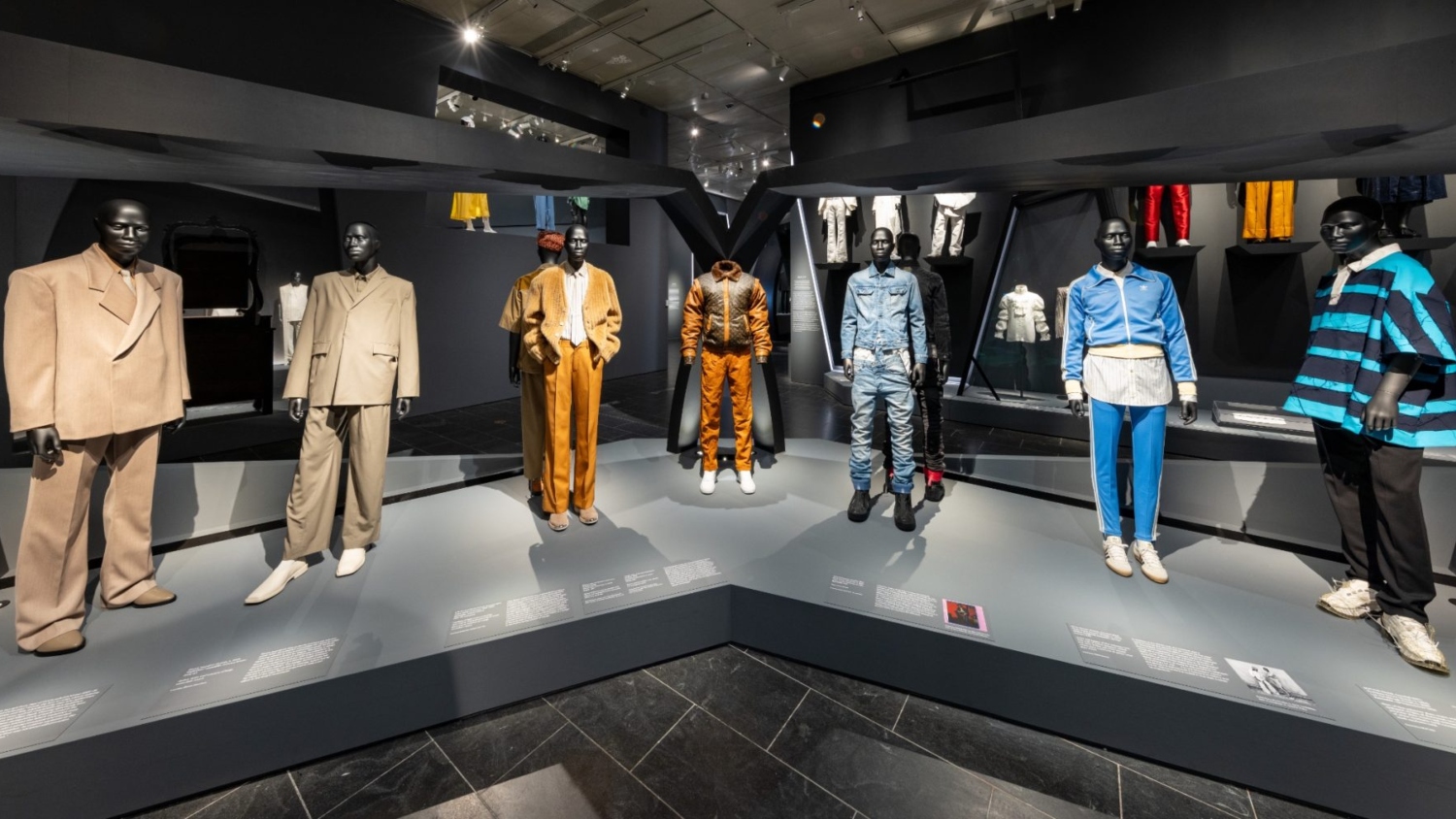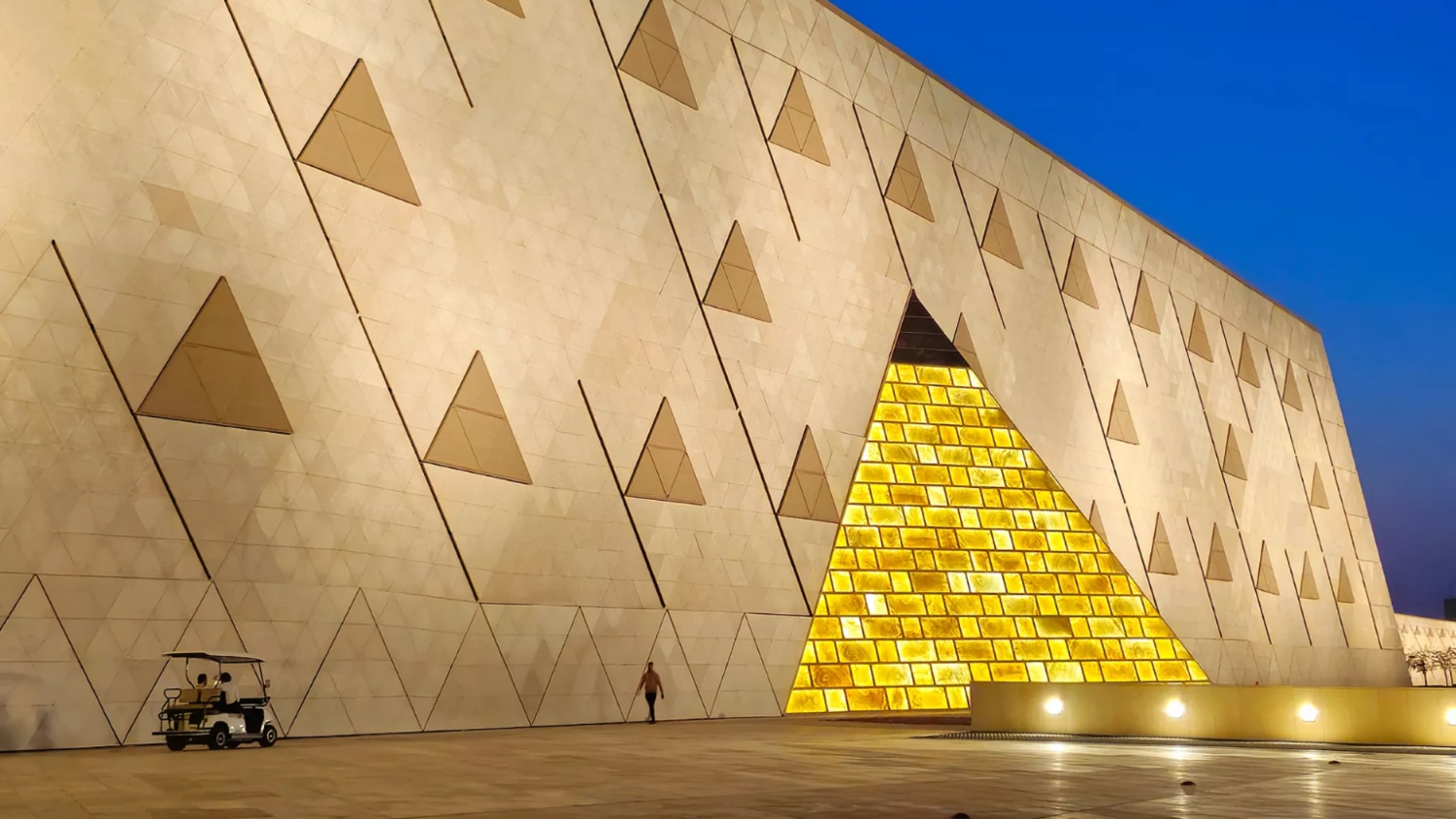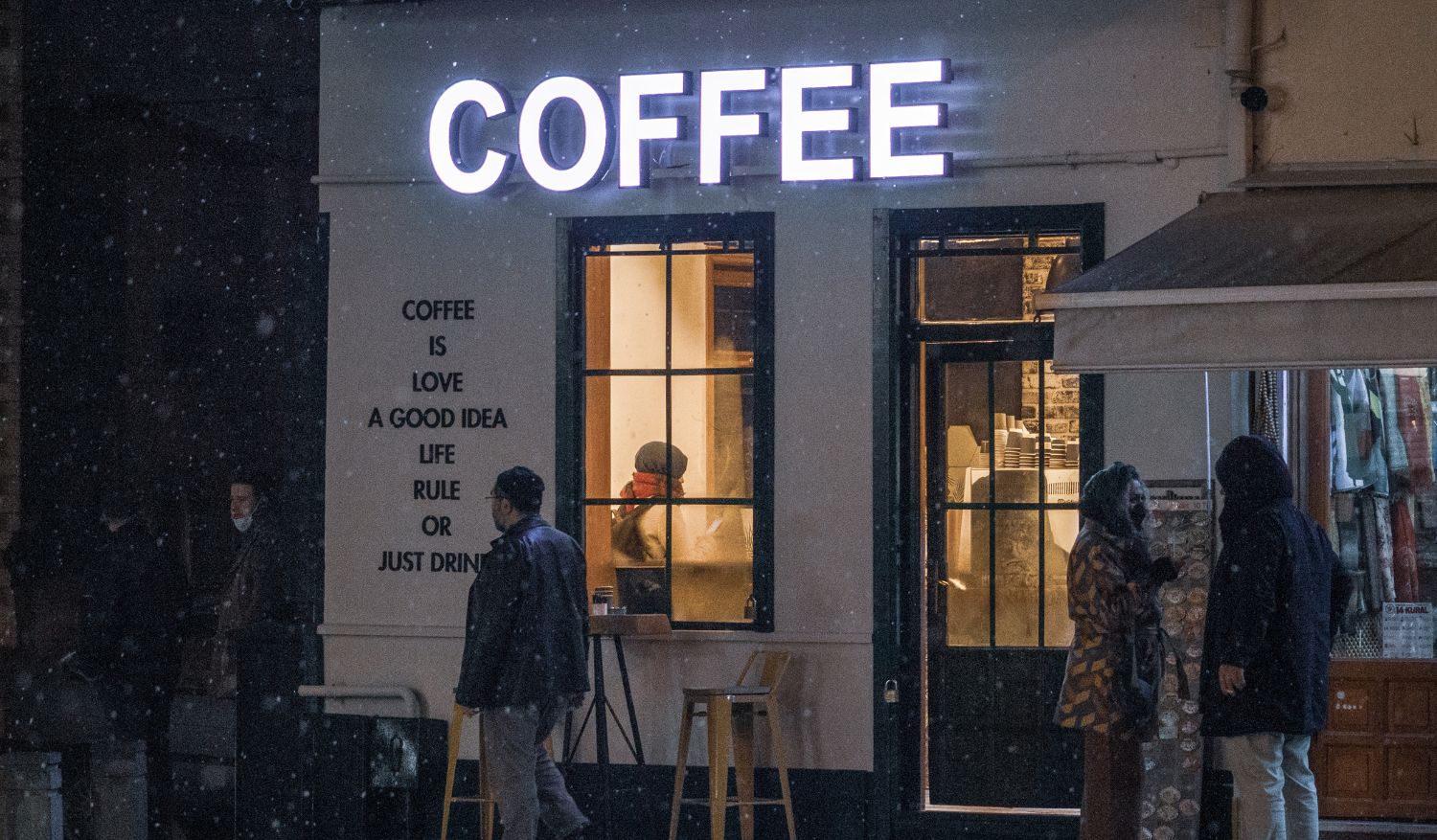In the hallowed halls of the Metropolitan Museum of Art, where centuries of artistic legacy converge, fashion has long held its place as a language of power and performance. But under the theme ‘Superfine: Tailoring Black Style’, that language is reinterpreted through a distinctly Black lens – one that stitches together histories of resistance, refinement, aspiration, and autonomy with the art of tailoring as its central thread.
Beyond a sartorial showcase, the exhibition, opening May 10 at The Met’s Costume Institute, is a layered reflection on liberation through style. It was inspired by Slaves to Fashion: Black Dandyism and the Styling of Black Diasporic Identity, a seminal work by guest curator Monica L. Miller, whose research has reshaped how we understand the aesthetics of resistance.
“Fashion and dress have been used in a contest of power and aesthetics for Black people from the time of enslavement to the present,” Miller wrote in a statement when the exhibition was announced earlier this year.
“Dandyism has long served as a vehicle through which one can manipulate the relationship between clothing, identity, and power. The history of Black dandyism illustrates how Black people have transformed from being enslaved and stylised as luxury items… to autonomous, self-fashioning individuals who are global trendsetters.”
The exhibition’s title, “Superfine,” refers to the elite woolen cloth once reserved for the upper echelons of society – a material whose use in 19th-century suiting takes on profound resonance when considered in the context of Black fashion. Here, it becomes a metaphor for polish and defiance, showing how the pursuit of style has been anything but superficial.

Dressing with Intent
The exhibition opens with an homage to Frederick Douglass, the abolitionist and orator who strategically employed the aesthetics of fine dress to counter dehumanising imagery. A rare carte de visite of Douglass is paired with a meticulous reproduction of one of his suits, highlighting how clothing could affirm dignity in an age of erasure.
The narrative then flows through the Harlem Renaissance, the Zoot Suit era, and into the hip-hop-inflected tailoring of the 1980s and ’90s. Among the standout pieces is an iconic zoot suit worn by jazz legend Cab Calloway, displayed alongside works by modern-day designers like Grace Wales Bonner and Kerby Jean-Raymond of Pyer Moss – artists who use tailoring to tell stories of heritage, resistance, and belonging.
One of the show’s central triumphs is its emphasis on the Black makers behind the seams. Tailors like Dapper Dan – who famously remixed European logos into statements of Harlem swagger – and Andrew Ramroop, the Savile Row-trained master tailor, are honoured for their technical excellence and cultural impact.
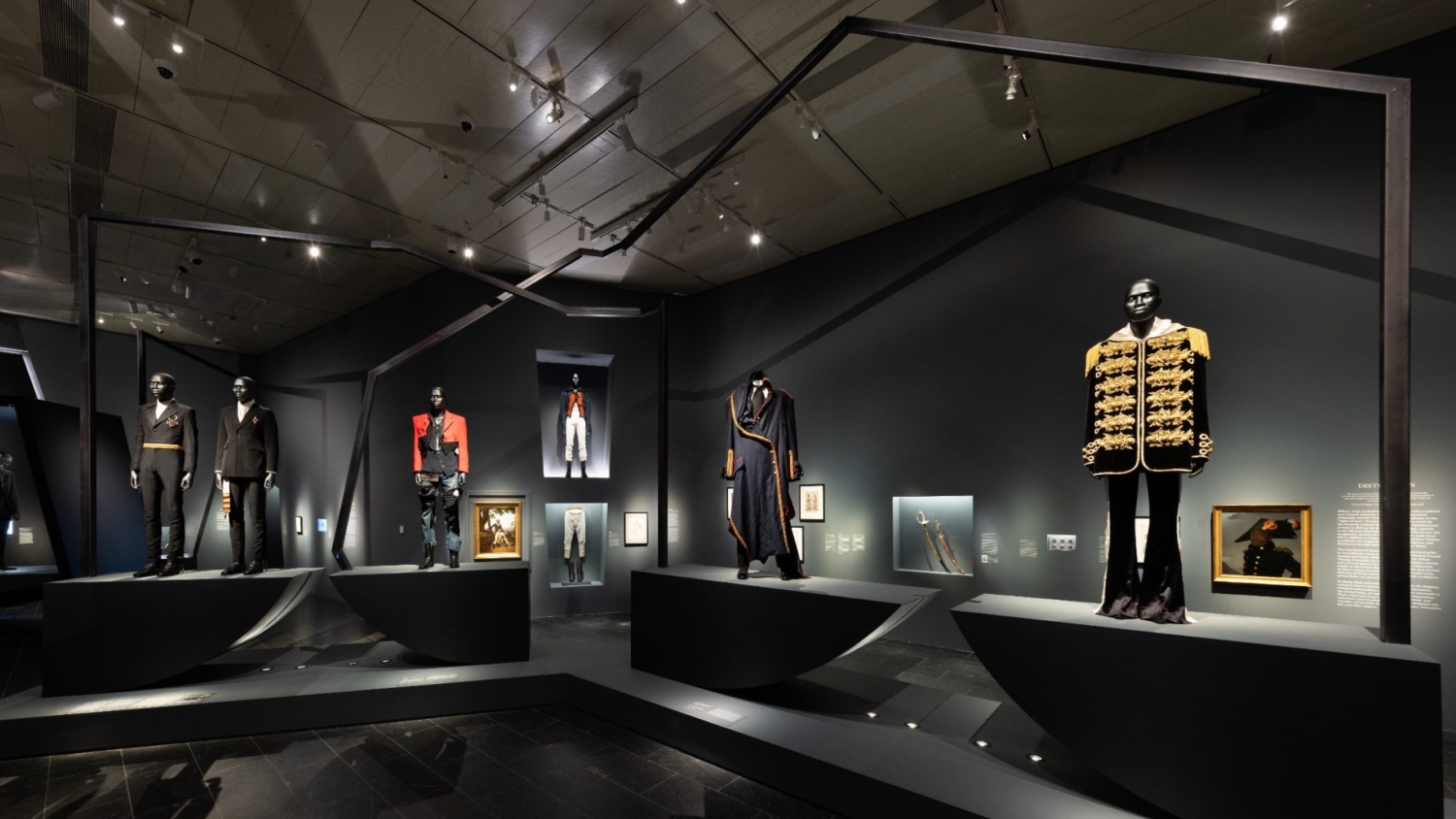
Beyond Retrospective
Far from a retrospective, Superfine also spotlights contemporary designers who are pushing menswear and tailoring into bold new territory. Pieces by Telfar Clemens, Thebe Magugu, and Bianca Saunders illustrate how a new generation is redefining the silhouette and, by extension, the self.
Multimedia installations and video commentaries add dimensionality to the garments. In one space, looping footage of Black NBA players turning arenas into personal runways reframes the pre-game walk as a modern ritual of self-presentation and pride.
What emerges is a portrait of style as sovereignty – where choosing what to wear becomes a form of cultural derivation and quiet revolution. It’s about more than just looking sharp. It’s about being seen, on one’s own terms.
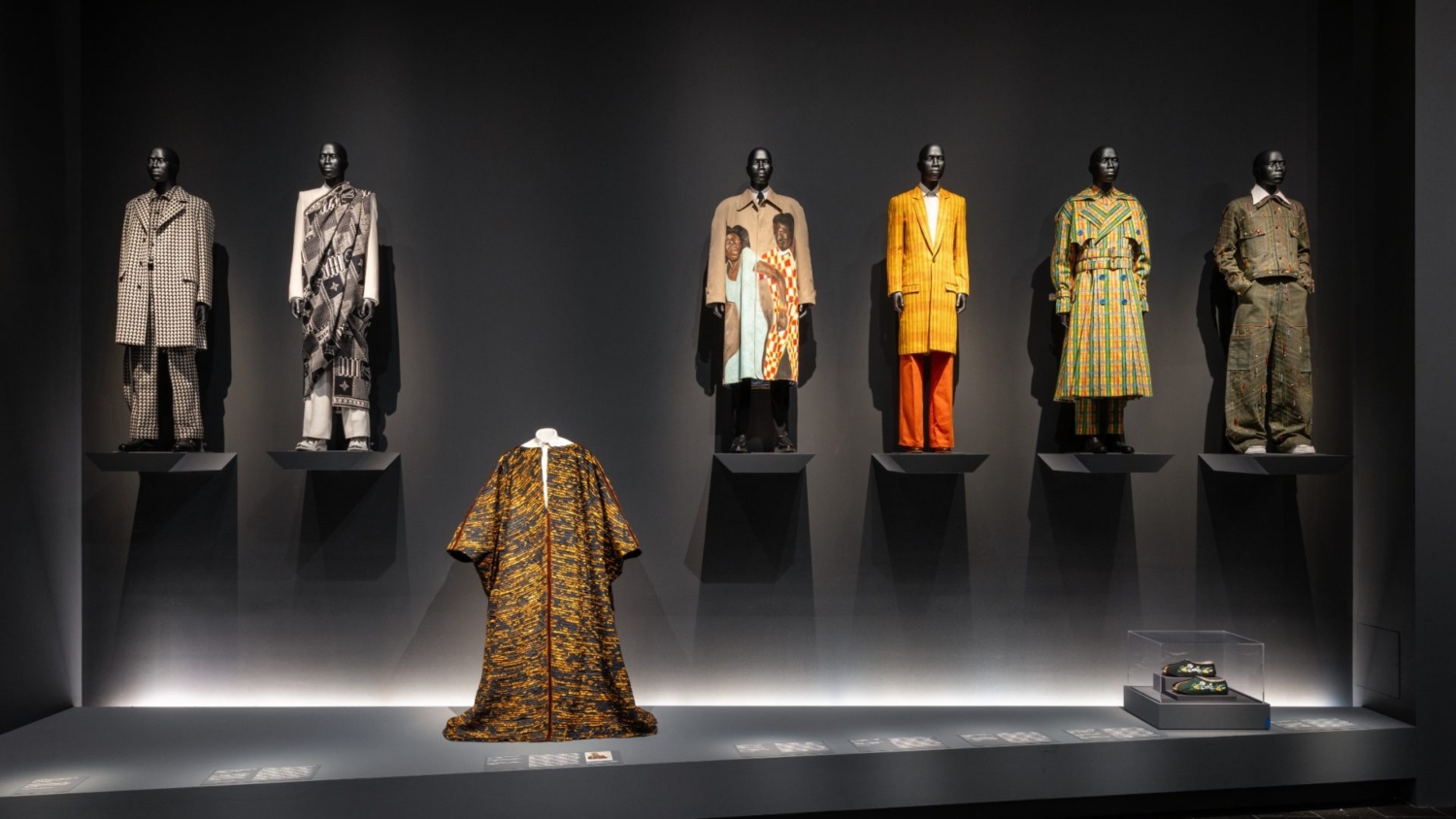
A Timely Invitation
For visitors craving a deeper lens into American fashion and Black cultural expression, Superfine: Tailoring Black Style is essential viewing. It’s rich in historical detail, visually arresting, and politically charged in the most elegant of ways.
The exhibition is divided into 12 sections, each representing a characteristic that defines the style, such as Champion, Respectability, Heritage, Beauty, and Cosmopolitanism.
The exhibition, made possible by Louis Vuitton, runs from May 10 through October 26 and is included with general admission to The Met. Like the garments it celebrates, Superfine is both exacting and expressive – tailored to the past, but cut for the future.
Images courtesy of the Metropolitan Museum of Art


